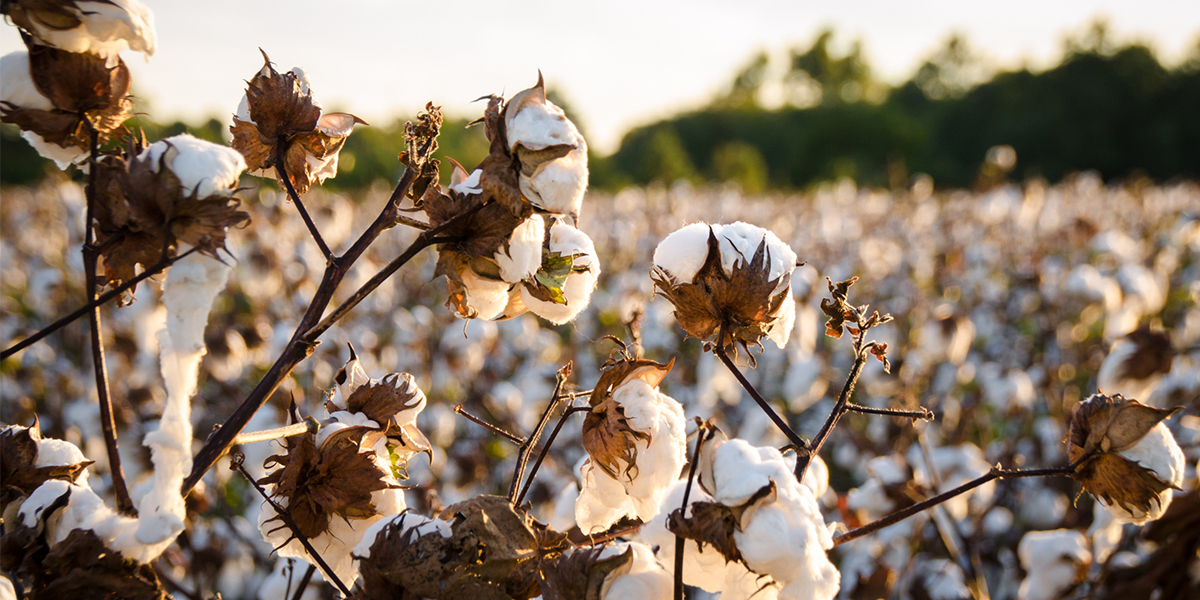TIFTON, GA – Almost everywhere you looked around South Georgia last year, there were acres and acres of peanuts, as farmers planted a record 1.9 million acres. A big reason for that was the absence of coverage in the 2014 Farm Bill for cotton growers. It’s a problem those farmers and the National Cotton Council have been fighting ever since.
Don Shurley, Extension Economist with the University of Georgia says, “we want cotton on the same, level playing field as with other commodities. Other commodities like corn, wheat, soybeans, have a safety net under the 2014 Farm Bill. Cotton did not.”
However, after years of hard work, the crop is finally being added into the Title 1 coverage as an oilseed, which means it is now eligible for Price Loss Coverage and Agriculture Risk Coverage under the current Farm Bill. While the kick-in price of 37 cents might seem low, it’s actually a fair price when considering the calculations.
“This seed cotton program has what’s called a reference price,” says Shurley, “and that reference price is 36.7 cents. Farmers kind of on the face of it will look at that and say ‘Dang, that’s a pretty low price.’ Well, you have to understand how it’s calculated. That 36.7 is a weighted average price of both cotton and cotton seed. Cotton might be selling for 70-80 cents per pound, but cotton seed might be selling for 8 or 9. So, when you take a weighted average of both of those, it pulls that average way down to that 36.7. So, that 36.7 is a weighted average between the price of cotton and the price of cotton seed. And when you consider that, it’s really not that low.”
As for the STAX program, which was created as an alternative to Title 1 coverage, it could soon be a thing of the past.
“If you convert what’s called generic base on a farm now to this seed cotton base, then you would no longer be eligible for STAX. So, effectively what that means is that come 2019, or next crop year, STAX will no longer exist,” says Shurley.
The cotton industry wasn’t the only ones to benefit from the new Spending Bill, as milk producers also receive assistance. The cutoff for Tier 1 of the Margin Protection Program has been raised by a million pounds and premiums being paid by small and medium sized farms have been waived or greatly reduced.
Levi Russell, Applied Economist with UGA says, “for the Tier 1 milk production, which is everything below 5 million pounds of milk, so for a smaller dairy that is going to produce less than 5 million pounds of milk, those are the premiums they would pay between five dollars, I mean 5.50 up to 8 dollars’ worth of coverage.”
And it’s not just the smaller dairies get some aid, as Tier 2 producers will also benefit from a change to monthly payments.
“It’s going to be more efficient in the sense that we’re going to have a monthly calculation of the payments,” says Russell. “So, instead of every two months, say you know, one month the milk prices are really low and the feed costs are very high, and then the next month, maybe things got a little better and things would sort of wash out the payment, now since it’s going to be on a monthly basis, that’s going to help producers across the board, not just the smaller end, the smaller dairies, but also larger dairies as well. It’s going to make it more efficient.”
By: Damon Jones

